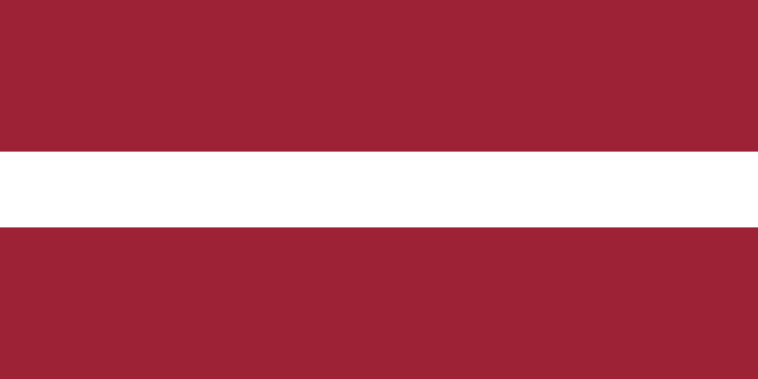Latvia, a nation nestled in the northern part of Europe’s Baltic region, stands as an independent state known as the Republic of Latvia. This country shares its northern boundary with Estonia, stretching 343 kilometers, while Lithuania lies to its south, spanning 588 kilometers. Its eastern border meets Russia over a length of 276 kilometers, and to the southeast, it connects with Belarus for 141 kilometers. Additionally, Latvia has a maritime border on its western front with Sweden.
With a population of approximately 2.07 million people, Latvia’s population density is relatively low, making it one of the European Union’s least populous nations. The country covers a total area of 64,589 square kilometers. Riga, the capital city, serves as the political, economic, and cultural heart of Latvia, renowned for its architectural and historical significance.
Latvia’s geography is diverse, featuring a mix of beautiful beaches along its Baltic Sea coastline, dense forests covering a significant portion of the country, and numerous rivers and lakes. The climate is typically temperate, with mild summers and cold, wet winters. This geographical diversity contributes to Latvia’s rich biodiversity and scenic landscapes.
The country’s history is marked by various periods of foreign rule, including German, Polish, Swedish, and Russian dominance, before gaining independence in 1918. The Soviet occupation post-World War II was a significant era, lasting until Latvia reclaimed its independence in 1991, following the collapse of the Soviet Union.

Latvian culture is a blend of traditional and modern influences, deeply rooted in its history, folklore, and the arts. The Latvian language, part of the Baltic language group, is the official language, showcasing the country’s unique linguistic heritage.
Economically, Latvia has developed a market economy and is a member of the European Union and the Eurozone, having adopted the euro as its currency in 2014. Major industries include manufacturing and services, with a growing emphasis on information technology and tourism.
In terms of governance, Latvia is a parliamentary republic with a multi-party system. Its government structure is divided into executive, legislative, and judicial branches, with the Saeima, a 100-member parliament, being the primary legislative authority.
Key Takeaways:
- Latvia, officially known as the Republic of Latvia, is a sovereign state in Northern Europe’s Baltic region.
- It shares land borders with Estonia, Lithuania, Russia, and Belarus, and a maritime border with Sweden.
- With a population of around 2.07 million and an area of 64,589 square kilometers, Latvia is one of the least populous and least densely populated countries in the European Union.
- Riga, the capital city, is the country’s cultural and economic center.
- Latvia’s diverse geography includes beautiful coastlines, forests, and a temperate climate.
- The country has a rich history influenced by various foreign rules and regained its independence in 1991.
- Latvian culture is characterized by a mix of traditional and modern elements, with the Latvian language being the official language.
- Latvia’s economy is a market economy, and it is a member of the European Union and the Eurozone.
- The government is a parliamentary republic with a multi-party system and a division of powers among executive, legislative, and judicial branches.





